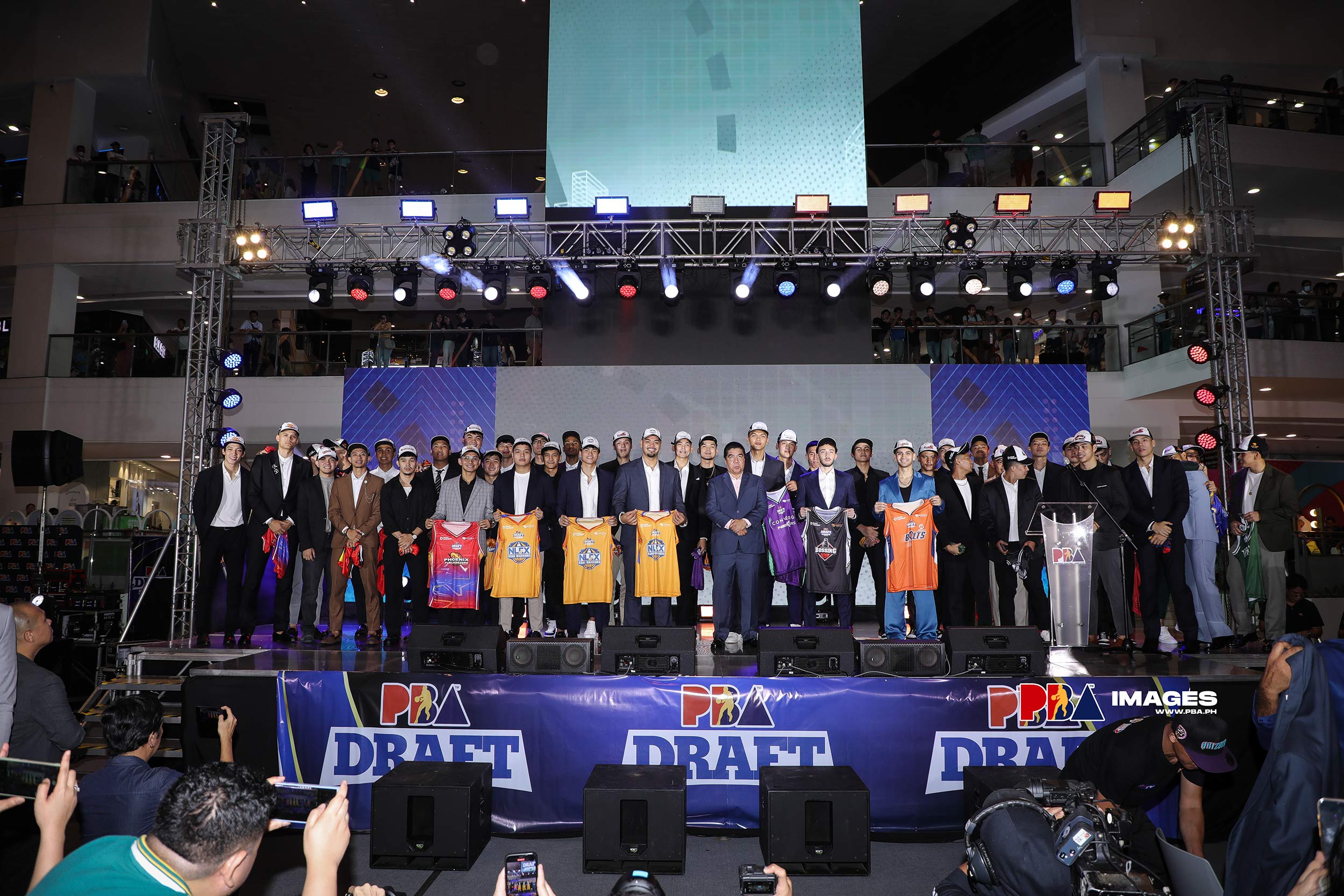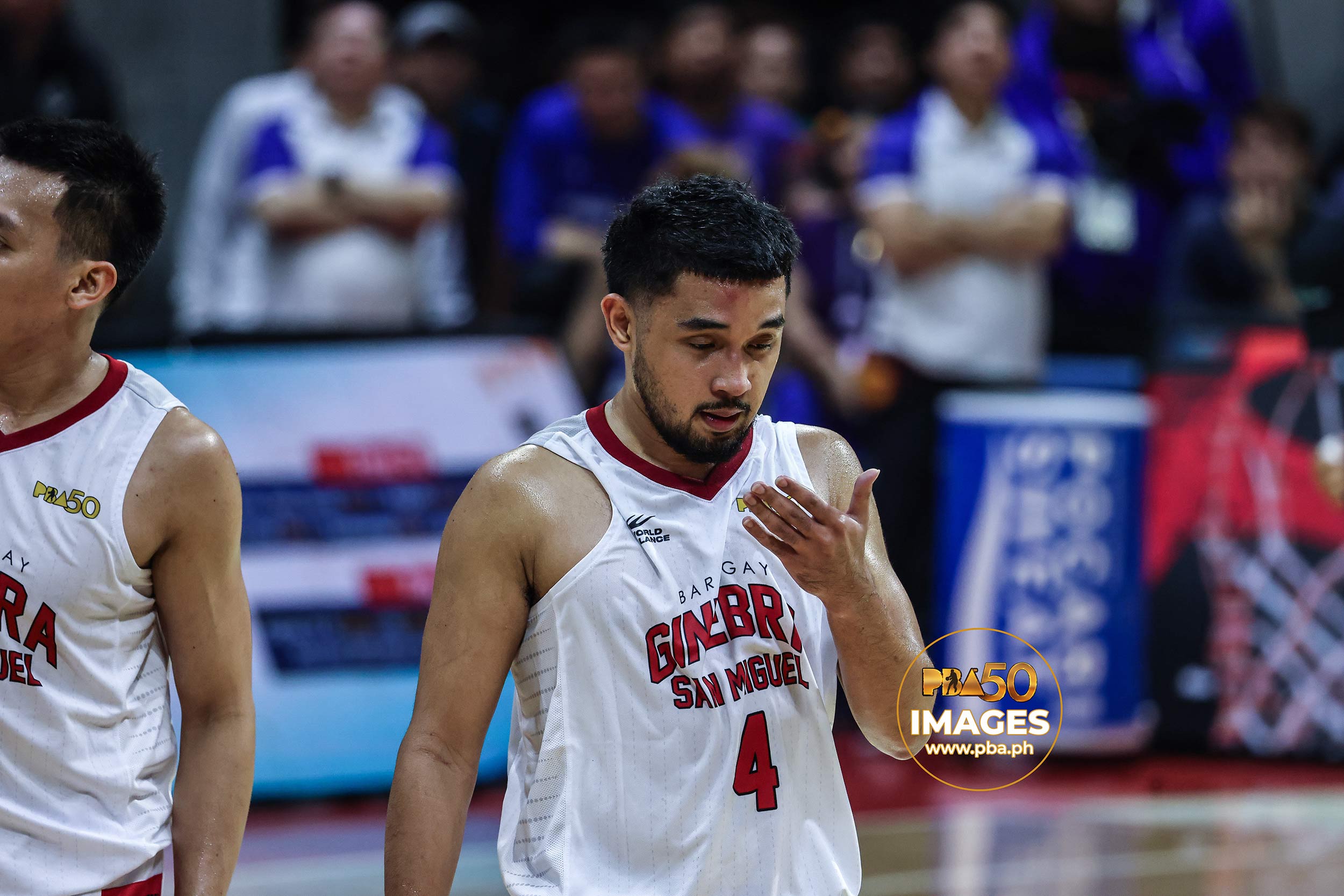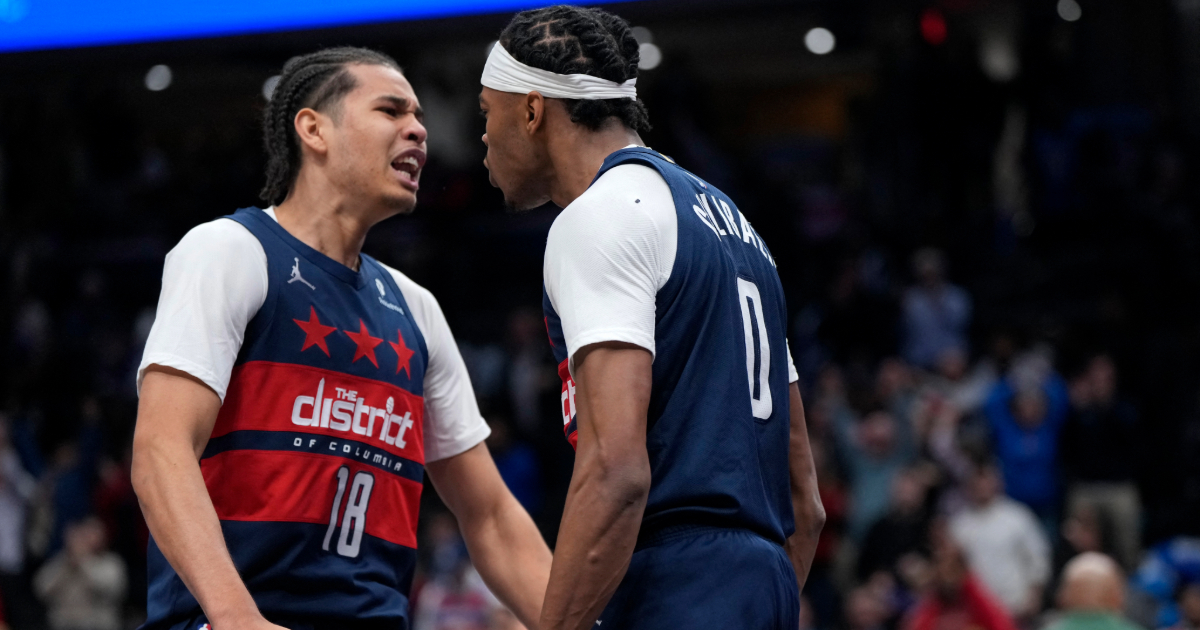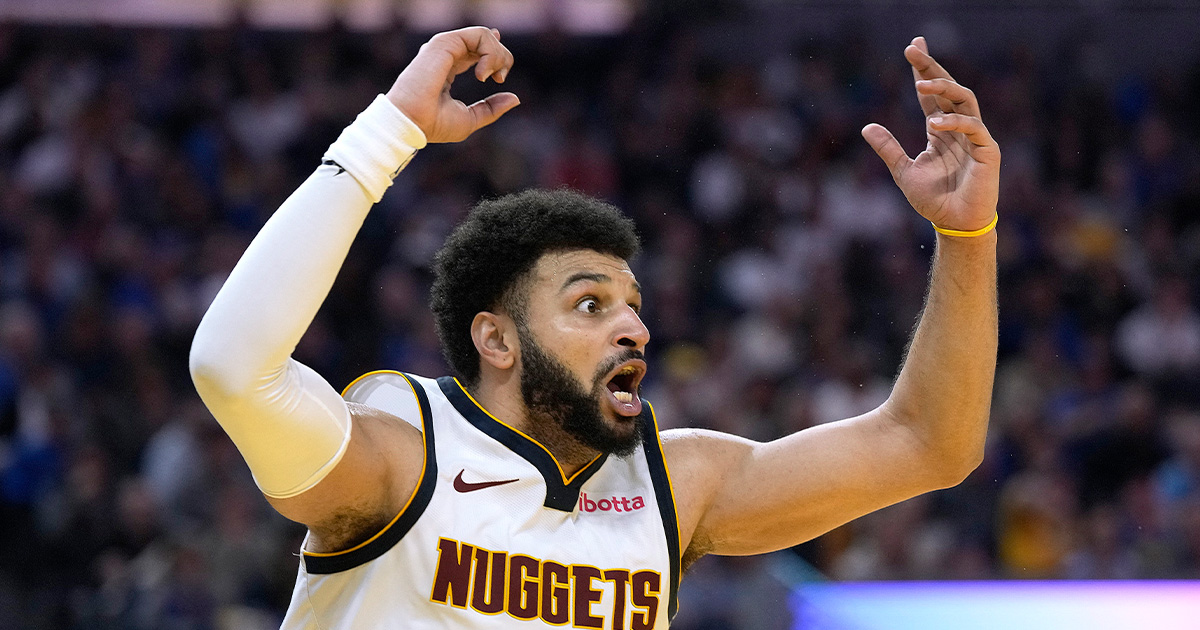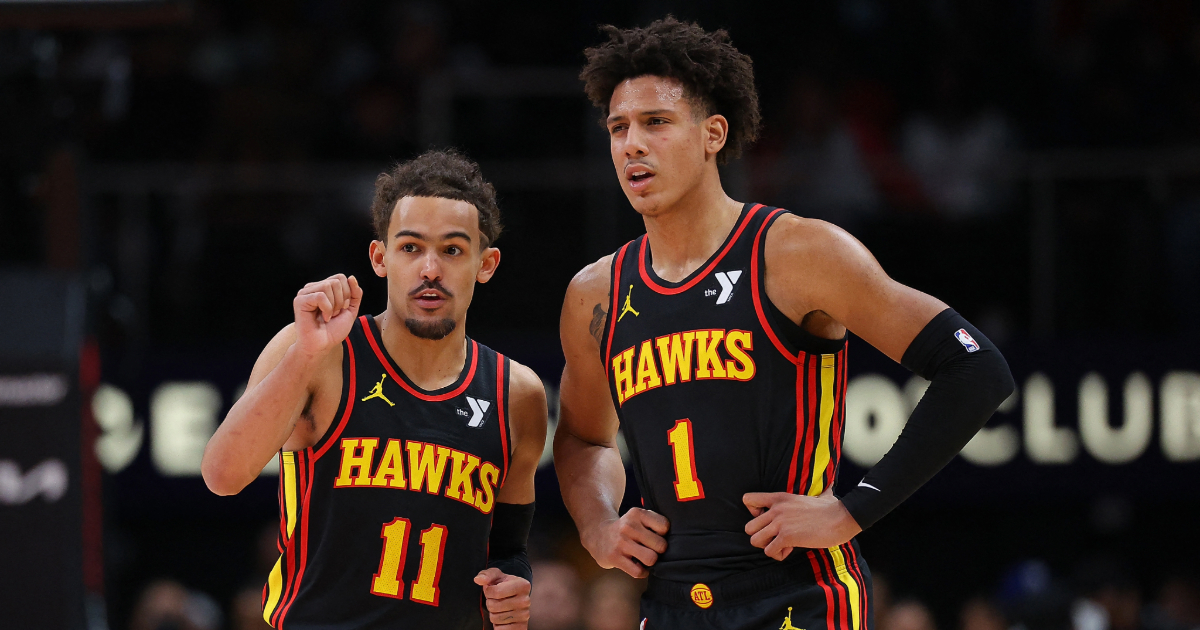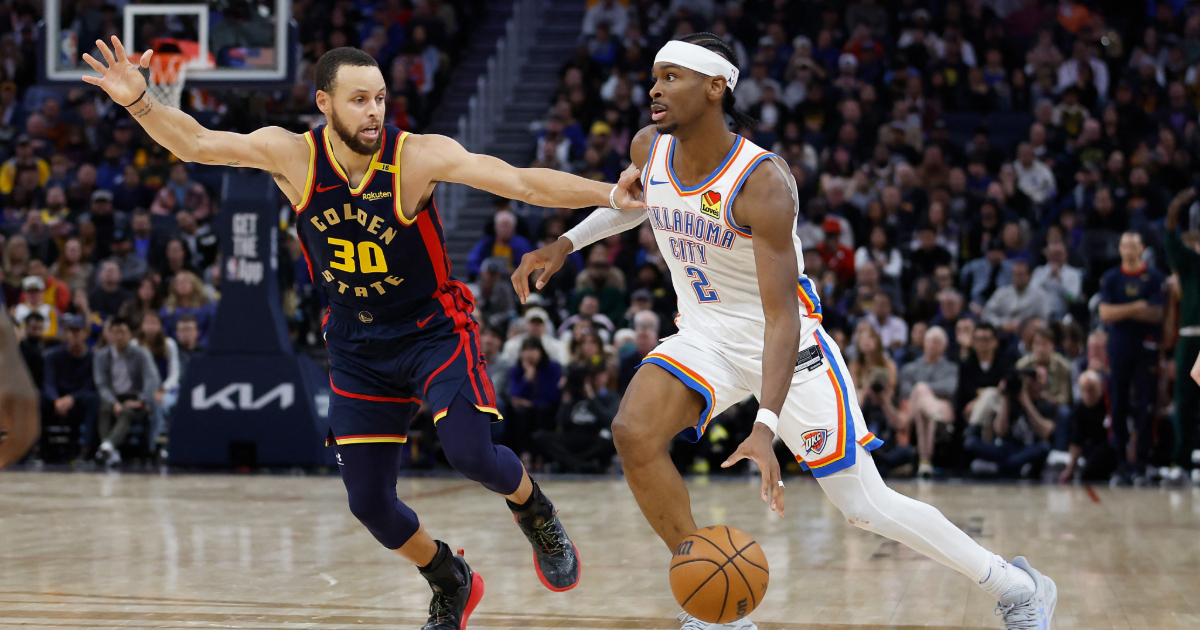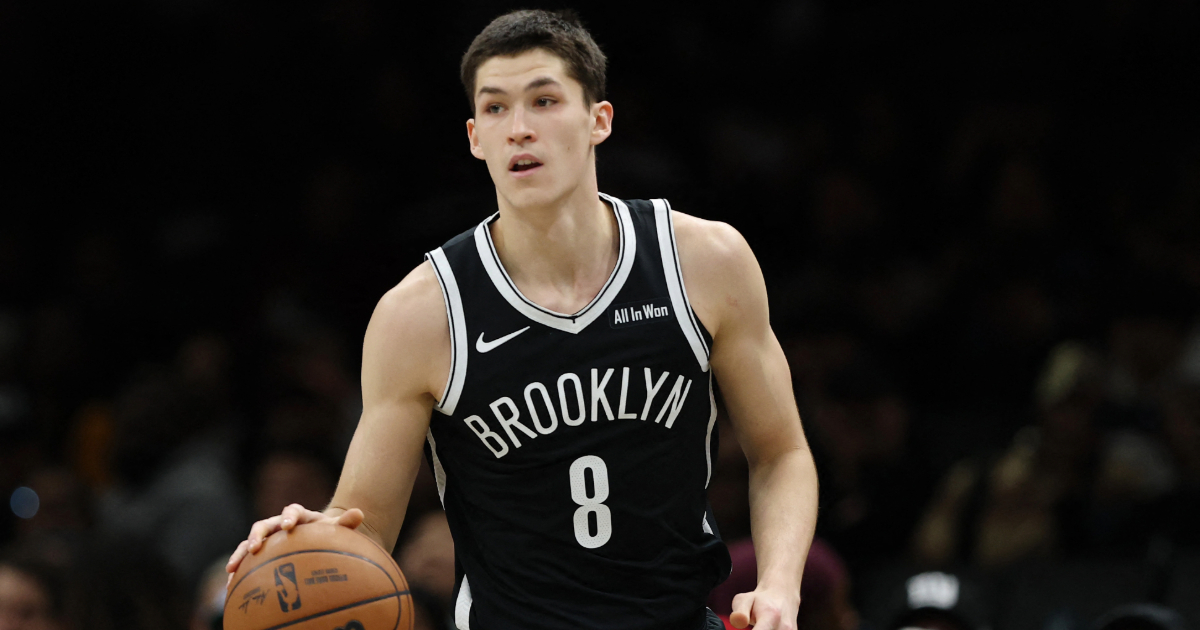Jason Brickman. Juan Gomez de Liaño. Geo Chiu. Dalph Panopio. Will Gozum. Joshua David. CJ Austria. LJay Gonzales.
These are just some of the players that will likely hear their names called on September 7, which is when the PBA opens its milestone 50th season with its annual draft. Even with notable absences like Quentin Millora-Brown, Rhenz Abando, DJ Fenner, Remy Martin, and Clint Escamis, a reportedly record-tying 128 prospects applied for this year’s PBA draft.
The list could still be trimmed down as we approach September 7, but it’s clear that the allure of the PBA still remains for many Filipino basketball players. Sadly, not all of them will get to realize their PBA dream through the draft .
Of course, the PBA is not alone in having quite a number of undrafted players, as the NBA has had its fair share of players who never heard their name and thus never got to go onstage. However, in the PBA’s case, it’s more glaring. Last year’s draft lasted six rounds and by then only 48 players were selected from a pool of 70. The year before that, 79 of the 128 prospects heard their names called. And not all of them remain on PBA rosters right now.

Not all hope is lost for those who will be undrafted, though, as they can still make PBA teams via post-draft free agency. The likes of Josh Urbiztondo, Chico Lanete, Jerwin Gaco, Jackson Corpuz, and even NLEX Road Warriors head coach Jong Uichico carved out solid PBA careers despite not being selected. A lot of factors played into their success and it largely tied to how they responded to the draft snub.
However, it’s easier said than done, and it’s obvious that there is a supply-demand issue when it comes to PBA players. Filipinos love basketball more than they can readily admit, and that’s fine. That means we’d have more basketball players than all our regional peers save for perhaps China. Unfortunately, the PBA has only 12 teams and as the top-flight professional league, that’s not enough. Yes, there’s the Maharlika Pilipinas Basketball League and a few other leagues, but more often than not the pay in the PBA (at least when teams pay on time) trumps the rest.
China’s CBA has 20 teams, while Japan’s B.League has 55 teams across three divisions. If the PBA had 20 teams, more players would be able to get more opportunities. However, that’s not financially possible given and may not even be on the horizon for now. We can talk about expansion to the point of sounding like a broken record, but there doesn’t seem to be much incentive for new entrants to gain a footing in the league. In the end, the biggest losers are the players who can’t crack the league of their dreams.


